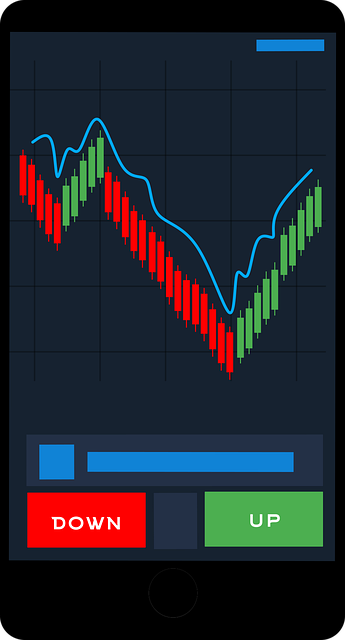TL;DR: Businesses aiming to secure purchase order (PO) financing should prepare detailed proposals including PO details, financial records, and tax returns to demonstrate creditworthiness. Optimizing these aspects simplifies the application process, enhancing chances of approval for working capital funding. PO financing offers SMEs immediate cash flow support with flexible terms, available from banks or alternative lenders, even through supplier-offered programs.
Applying for purchase order (PO) financing can be a strategic move for businesses looking to streamline their cash flow and fuel growth. This powerful financial tool allows companies to secure funding against pending PO receipts, enabling them to access capital more quickly than traditional loans.
In this guide, we’ll navigate the process of applying for PO financing, from understanding its basics and benefits to preparing your application and mastering the step-by-step approach for approval.
- Understanding Purchase Order Financing Application
- – What is purchase order financing?
- – Benefits and types of purchase order financing
Understanding Purchase Order Financing Application

Applying for purchase order (PO) financing can be a complex process, but with a solid understanding of the application requirements, businesses can increase their chances of securing funding. PO financing allows companies to obtain goods or services before payment is due, providing working capital and streamlining cash flow. The application typically involves demonstrating your company’s financial health, creditworthiness, and the viability of the purchase order itself.
When preparing for a PO financing application, it’s crucial to gather essential documents such as financial statements, tax returns, and banking records. These documents provide a clear picture of your business’s financial standing and help lenders assess risk. Additionally, having a detailed proposal outlining the purchase order—including the vendor, goods or services involved, and expected delivery timeline—is vital. Lenders will want to ensure the transaction is legitimate and aligns with your company’s strategic goals.
– What is purchase order financing?

Purchase order financing is a powerful tool for businesses looking to streamline their cash flow and fund purchases efficiently. It involves securing funding against outstanding purchase orders from customers, essentially allowing companies to convert their future receivables into immediate capital. This method is particularly beneficial for businesses that experience delayed payments or have unpredictable cash flow, enabling them to meet their financial obligations and growth aspirations.
When applying for purchase order financing, it’s crucial to understand the process and requirements. Lenders will assess the quality of your purchase orders, evaluating factors like the creditworthiness of your customers, the order amount, and the expected payment terms. A strong application includes detailed purchase orders, financial statements, and a clear business plan demonstrating the purpose and potential impact of the financing. By presenting a well-organized and comprehensive application, businesses increase their chances of securing favorable terms for their purchase order financing needs.
– Benefits and types of purchase order financing

Purchase order financing offers a range of benefits for businesses seeking to streamline their cash flow and fund purchases efficiently. One of its key advantages is that it provides immediate working capital, allowing companies to cover the cost of goods or services before the payment is due from the customer. This can be especially valuable for small and medium-sized enterprises (SMEs) that may have longer payment terms with suppliers but require faster access to funds.
There are several types of purchase order financing applications available, catering to different business needs. These include traditional financing where a bank or financial institution provides the funding, often secured against the PO itself. There are also alternative options like marketplace lenders and peer-to-peer lending platforms that offer more flexible terms and faster processing times. Additionally, some suppliers may provide built-in financing through their own PO financing programs, creating a seamless experience for businesses purchasing from them regularly.






